Toyota’s Victory in Transitional 2021 Le Mans 24-Hour Race
While Toyota was the only factory-backed LMH team, there’s more to this LM24 than you’d think.
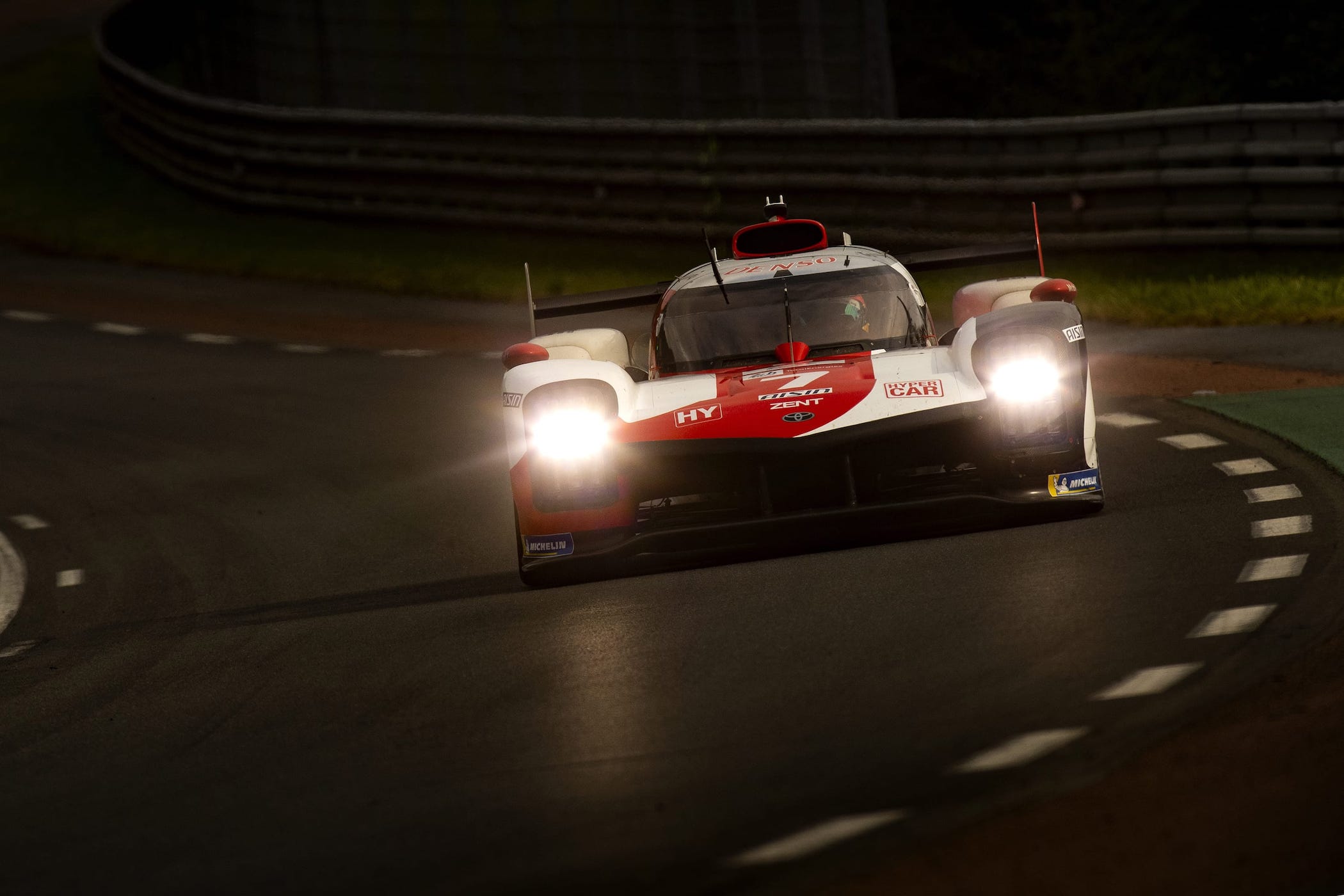
Initially, it was intended more manufacturers would join Toyota for this year’s running of the most prestigious endurance race of the year. There was already news of Aston Martin cancelling the Valkyrie racing program long before the event. This all led to only 5 contenders in the newly formed Le Mans Hypercar class, with Toyota being rivalled by Alpine and Scuderia Cameron Glickenhaus. But not to worry, there are still some very interesting elements to this year’s edition, not only from the top-tier racers but even more so in the other categories. We’ll take you through the highlights.
Making a transition from one set of rules to the other is always challenging. It becomes even more strenuous when your running a multi-class event and have to consider implementing a balance of performance and focus on building a sustainable future. We all know the remaining life of combustion engines seems to be very short, as more and more manufacturers shift towards hybrid and full EV portfolios, but there’s hope on the horizon.
New Rules, new players
Admittedly, the shift in regulations can be a bit confusing for 2021 and the editions to come. The Automobile Club de l’Ouest, or ACO in short, has been running Le Mans 24 Hours since 1923 and are partly responsible for some of the greatest innovations in the history of endurance racing.
While initially rules were relaxed, and you could pretty much enter in whatever you’d feel like, technological advancements have forced ever tighter and stricter rules and stipulations to be eligible to compete. While some might argue the sport’s glory days are well behind us, the ACO does put the effort into bringing the sport of endurance racing forward. Three things are essential in doing so; innovation, safety, and sustainability.
So for 2021 the ACO axed the LMP1 category and introduced the new Le Mans Hypercar class. As a replacement category for the top-tier Le Mans Prototype class, which were essentially 1,000hp hybrid rockets, the LMH category has the horsepower capped at 680bhp, a minimum weight of 1,030 kilograms, and a predetermined aerodynamic performance window. With regards to the design of the bodywork, constructors have a bit more room to play compared to previous stipulations. More details in our previous Petrolhead Corner story on the new LMH class.
When announced, news broke quickly of several long-term contenders considering to continue or even return to Le Mans under the new regulations. Toyota was among the first, which makes sense as they were the only factory team left after Audi and Porsche pulled out.
Aston Martin stepped up to the plate and wanted to enter with a Valkyrie-based race car. ByKolles, the racing team lead by former F1 team principal Colin Kolles and his father joined the mix, as did Alpine and Scuderie Cameron Glickenhaus (Which we’ll refer to as Glickenhaus from now on). As these things tend to go, and with serious amounts of money as well as technical challenges involved, some early announcers didn’t make it to the final entry list.
And let’s not forget, the ACO has enlisted the option of homologation models to be introduced, so we can see LMH racecar-based road cars (or vice versa) in the future. What’s not to like about that?
The LMH contenders
With several constructors cancelling their program or postponing them to a later year, we were left with only 5 entries in the new LMH category. Toyota Gazoo Racing, the team’s official name, entered with two new LMH compliant GR010 Hybrid cars. Alpine Elf Matmut entered with a single rebadged Rebellion R13 LMP1 which is allowed to do only for this year. And finally, the outsiders, Glickenhaus developed the Glickenhaus 007 LMH and entered two cars.
Despite an aggressive opening lap from all 5 cars, with even an incident between one of the Toyota and a Glickenhaus, both GR010 cars opened up a lead they wouldn’t surrender. Both the Alpine and the Glickenhaus outfit were off the pace of the dominant Toyota’s, despite their best efforts. What is remarkable though, with all cars coming across the finish line pretty much in perfect working condition, is the reliability put on display.
Reliability has hampered Toyota in the past, famously losing out on the win in 2016 when the leading car broke down on the very last lap. But being the only factory entry for a couple of years now means the Toyota Gazoo Racing team could focus on developing a bulletproof car.
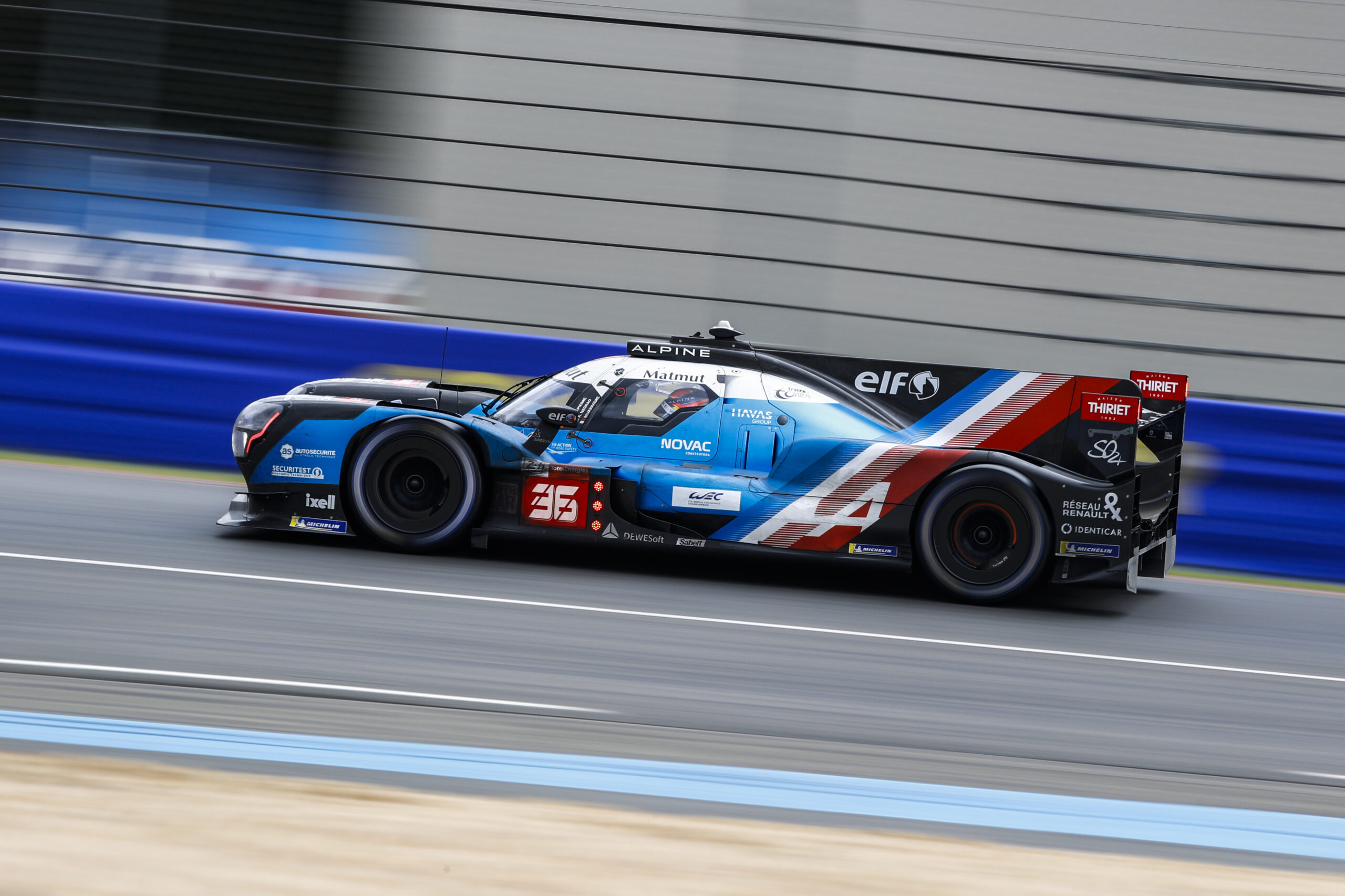
And while the last three years the No 8 car, driven by Sebastien Buemi, Kazuki Nakajima, Fernando Alonso (2018, 2019), and Brendon Hartley (2020) won the race, now it was the No 7’s turn. Behind the wheel were Mike Conway, José Maria López, and Kamui Kobayashi.
The Alpine Elf Matmut would come in 3rd, with the Glickenhaus cars finishing 4th and 5th overall. The Glickenhaus team is to be commended on completing the gruelling 24-hour race with both cars, even though they never managed to put up a fight against the Toyota’s. Nevertheless, keeping two cars running, as a privateer team, for the entire race is quite an achievement. Let’s hope it is a sign of things to come for the team.
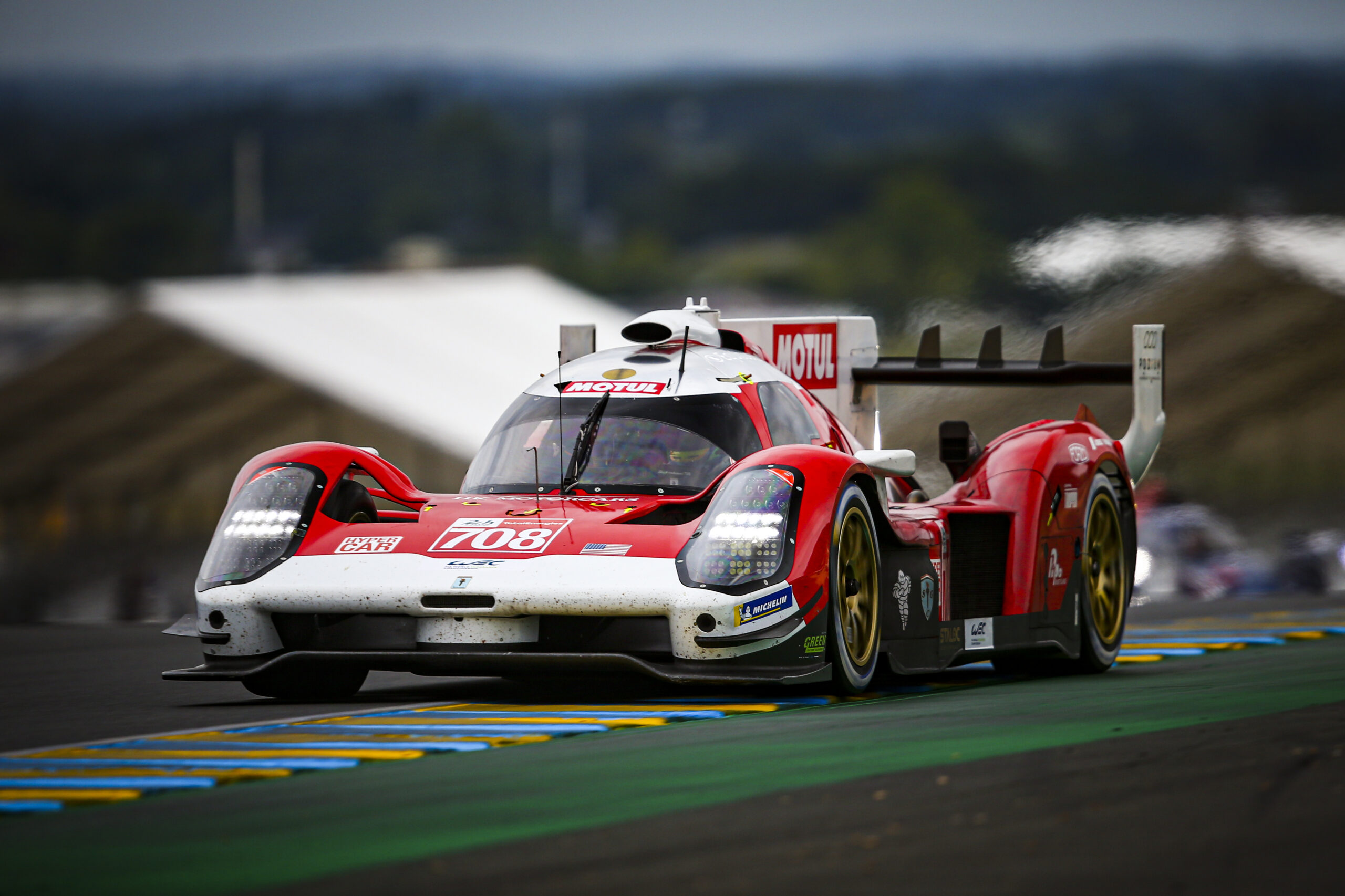
All in all the LMH was perhaps the least interesting class to follow, with no real drama and no real fights for the lead. Toyota pretty much had an unrivalled run to a fourth overall victory. But, as said in the beginning, this is a transitional year and I applaud that we had at least three teams with five cars on the grid. Next year promises to be a whole lot better when other racing teams enter the famous endurance race.
Last-lap drama in LMP2
LMP2 has been running under the same set of rules since 2017 but is likely to follow down a similar path after the LMH category is further developed. All entries must use the same Gibson GK428 V8 engine, a tried-and-tested machine in endurance racing. Although there’s no distinction between teams running professional drivers versus teams running a mix of both professional and (very capable) amateur drivers like in the LMGTE class, the LMP2 class sees a close field of title candidates.
This year we see former F1 driver Robert Kubica debut at Le Mans, running along with a whole list of well-known drivers like Juan-Pablo Montoya, Oliver Webb, Stoffel Vandoorne, Paul di Resta and many others. As said, the LMP2 is a closely packed field, especially considering the level of similarity across the board. All but three entries use the Oreca 07 chassis with the Gibson V8 racing engine. No less than 25 cars were entered, and who’d win came down to the very last lap.
Much like the dramatic turn of events for Toyota for the overall victory in 2016, when the leading car broke down on the very last lap of the race, the Team WRT #41 car came to a halt in the final lap as well. The car, driven by Robert Kubica, Louis Delétraz, and Ye Yifei was leading for most of the race until a technical issue sidelined it. The #31 Team WRT car took over the lead and clinched victory in the LMP2 class in an unexpected fashion. After 24 hours of racing, in torrential rain at some moments, the difference between first and second came down to only just 7 tenths of a second, one of the closest Le Mans finishes ever.
But again, there’s more drama. The flag-waver was almost hit on the finish line, for instance, narrowly missed by the race-winning LMP2 car coming across the line. Or the all-female crew of Richard Mille Racing Team spun out trying to avoid hitting another car and had a third car crash into them upon trying to re-enter the race.
Then there’s the team of Takuma Aoki, Nigel Bailly, and Matthieu Lahaye, who entered as the Innovative Car under the invitation of the ACO. This crew ran with two paraplegic drivers, who use a complex setup with the controls for throttle, braking, shifting gears mounted behind the steering wheel. The team managed to finish in 32nd place, but the real win here is finishing.
Both this entry and the women’s team are admirable signs ACO is constantly looking for more ways to build the competition and open it up to as many people as possible.
The ever-enduring GT rivalry
Within the GTE classes, which are race cars based on roadgoing counterparts, there’s a decade-long rivalry between arguably the greatest manufacturers ever. Porsche, Ferrari, Aston Martin, and Chevrolet/Corvette have been going at it for many years and fight with elbows out for the entire 24 hours every time, to see who can come out on top.
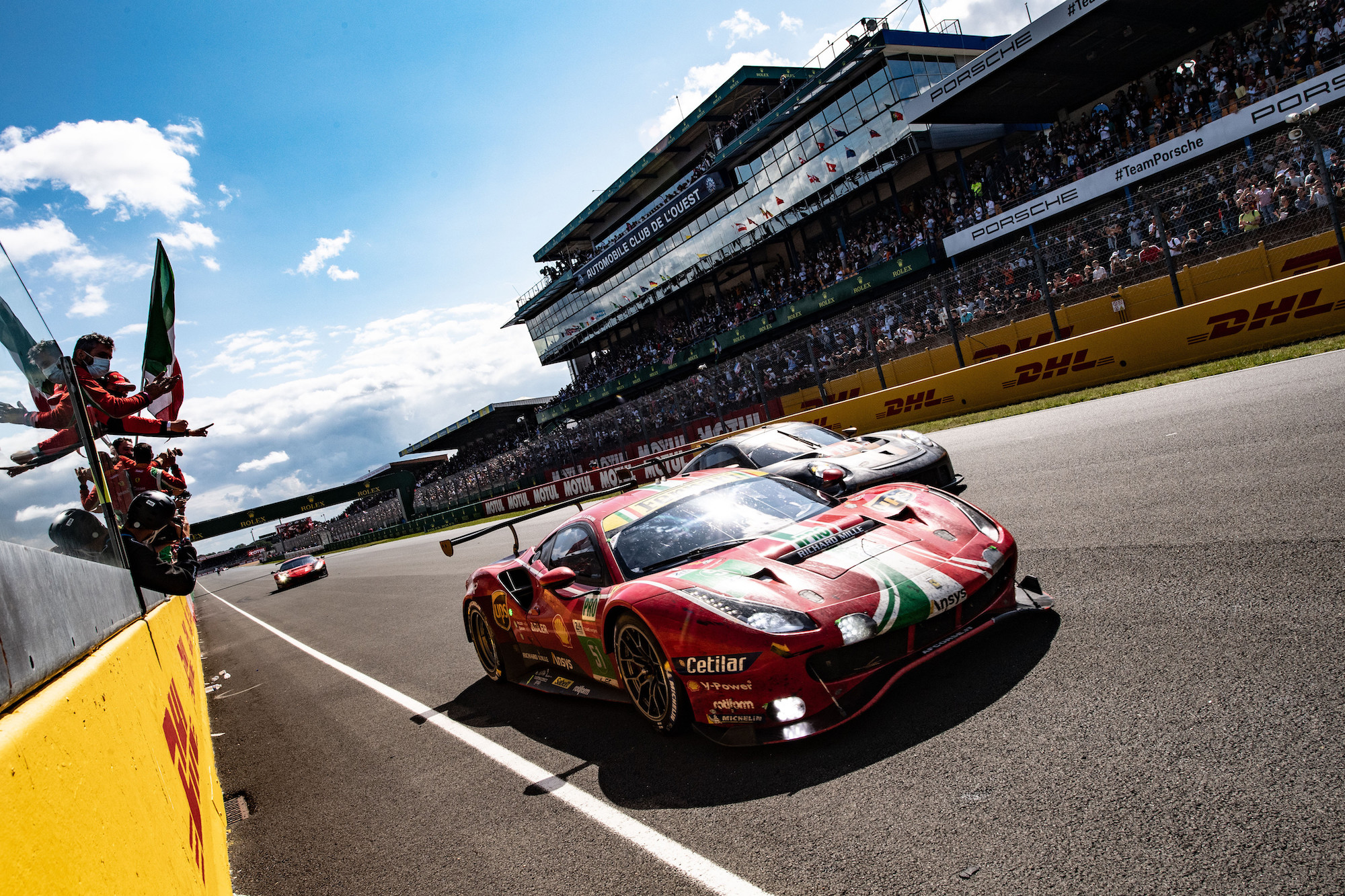
The GTE cars, divided between LMGTE Pro (featuring professional drivers only) and LMGTE Am (with a mix of professionals and amateurs). With eight entries in the LMGTE Pro and 23 in the LMGTE Am class, this is by far the biggest pack of the entire race. And although these cars are fast, reaching speeds of 280+ kph down the straights, it is a challenge for LMP2 and LMH cars to navigate through. We’ve seen how that can end in the past, with race-ending run-ins between faster and slower cars in a number of years.
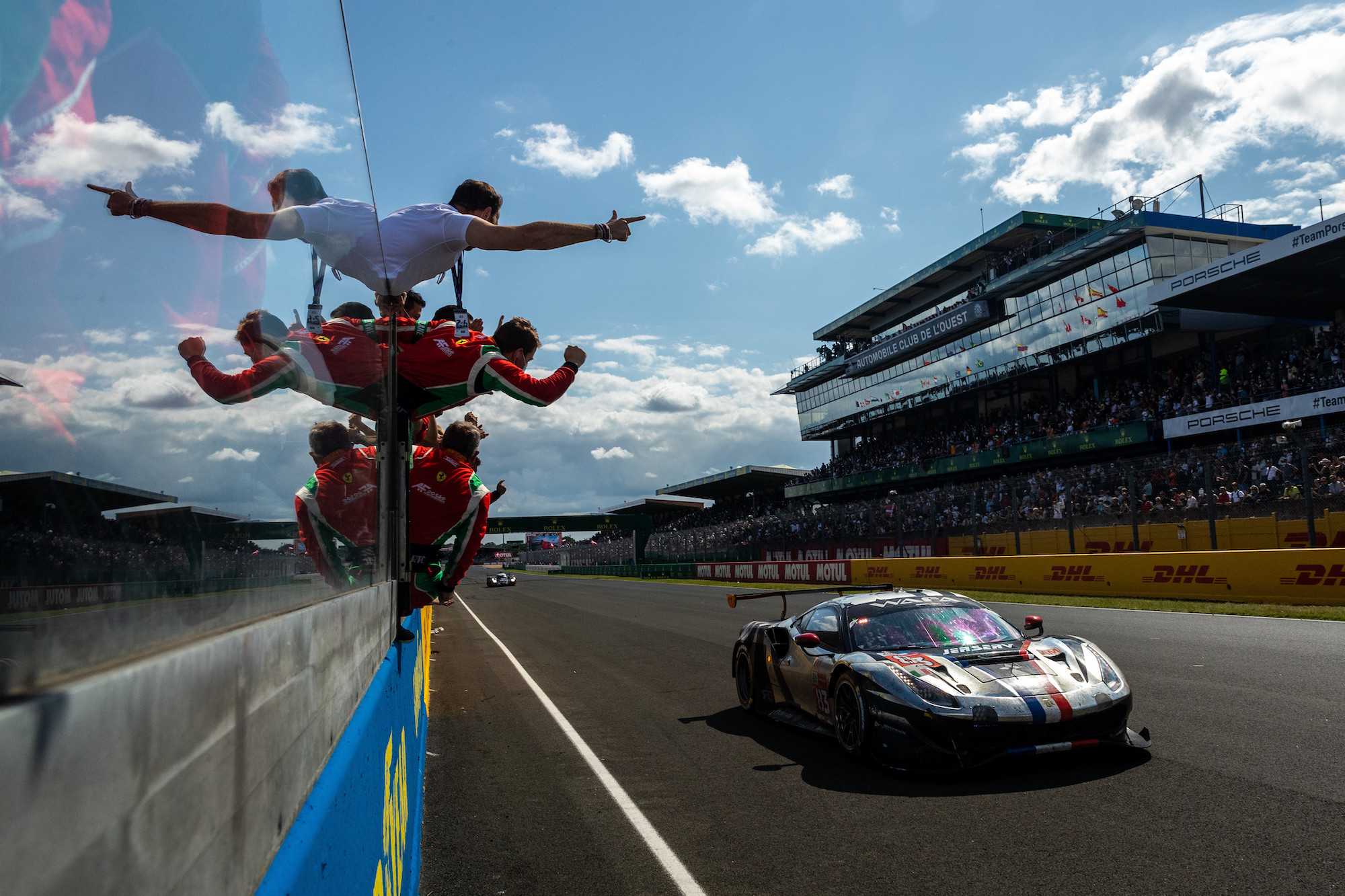
The podium in the LMGTE Pro category features three different manufacturers, with the #51 AF Corse Ferrari 488 GTE Evo clinching the top step. Close behind was the #63 Corvette Racing Chevrolet Corvette C8.R. A lap down, and sadly never in real contention of the win was the #92 Porsche GT Team Porsche 911 RSR-19. In the LMGTE Am class, it was again AF Corse who took the win with the #83 car, followed by #33 TF Sport Aston Martin Vantage AMR and another Ferrari, run by the Iron Lynx team.
Looking forward
While it seems Toyota took an easy win, with no real contention for the lead, this is not to be taken lightly. It is of course the only factory-run team in the top class now, but with entries from Peugeot, Ferrari, and possibly Porsche and Audi on the horizon, who knows how close this category will become the 2022 Le Mans 24 Hours. There are even rumours of Cadillac returning as well. Throw in new cars by Alpine, Glickenhaus, and hopefully a few other racing teams and we’ve got something to look forward to next year.
So what about Glickenhaus’ efforts? Despite lacking the pace to keep up with the Toyota GR010, both 007 LMH cars managed to complete the race. In all fairness, as a privateer team who built their chassis, engine, and body in-house, with help of industry partners, and being able to complete the gruelling endurance race that is Le Mans, is something remarkable. There are not many teams that can say they did that on this level of motorsports.
This has been an exciting year for endurance racing and the Le Mans 24 Hours in particular. The action was sensational, the conditions were challenging, there was plenty of drama and in the end, some amazing stories to share. If you ask me, and I know I’m biased, things are shaping up to be quite a spectacular few years to come.
Photos by Toyota Gazoo Racing, unless credited.

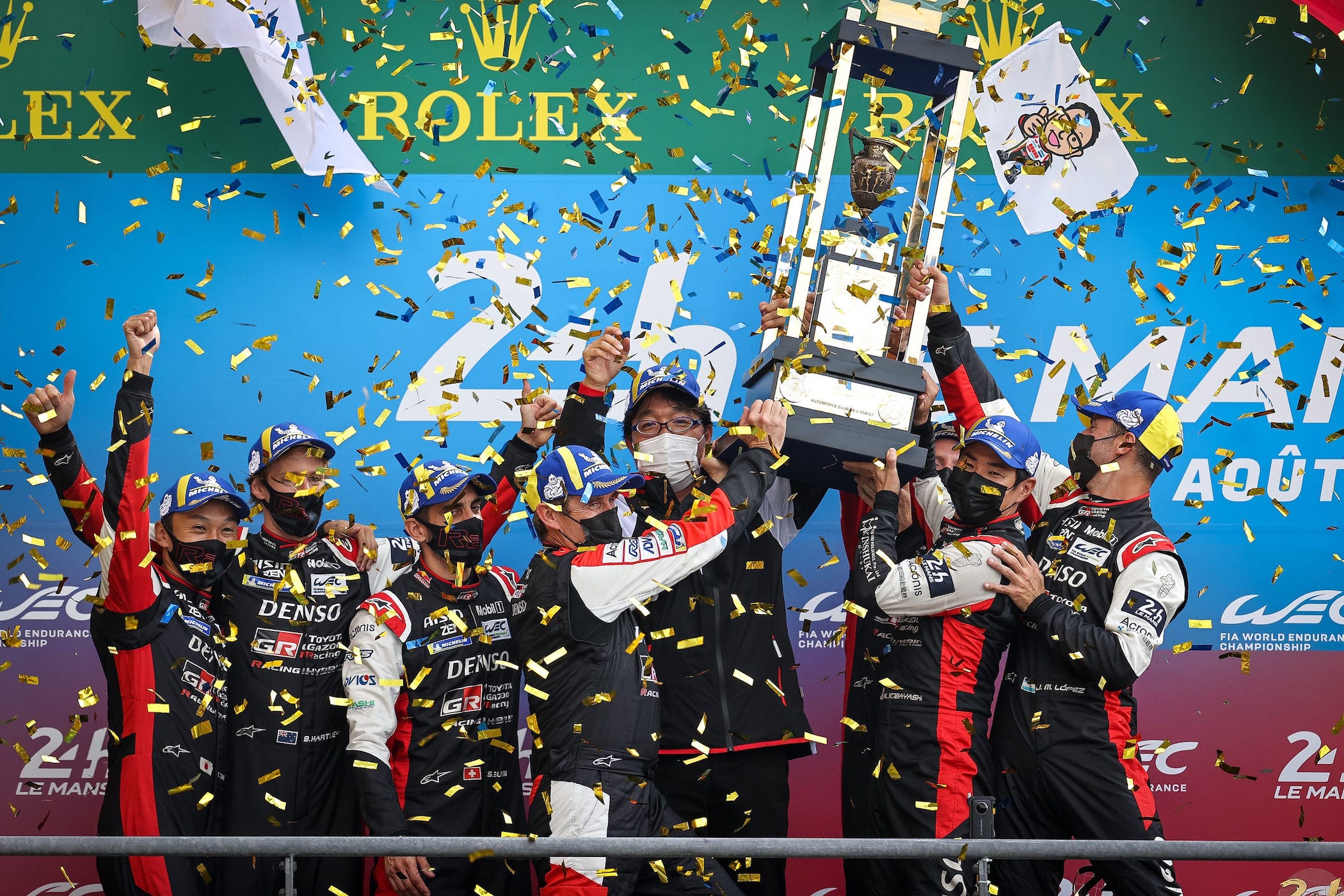
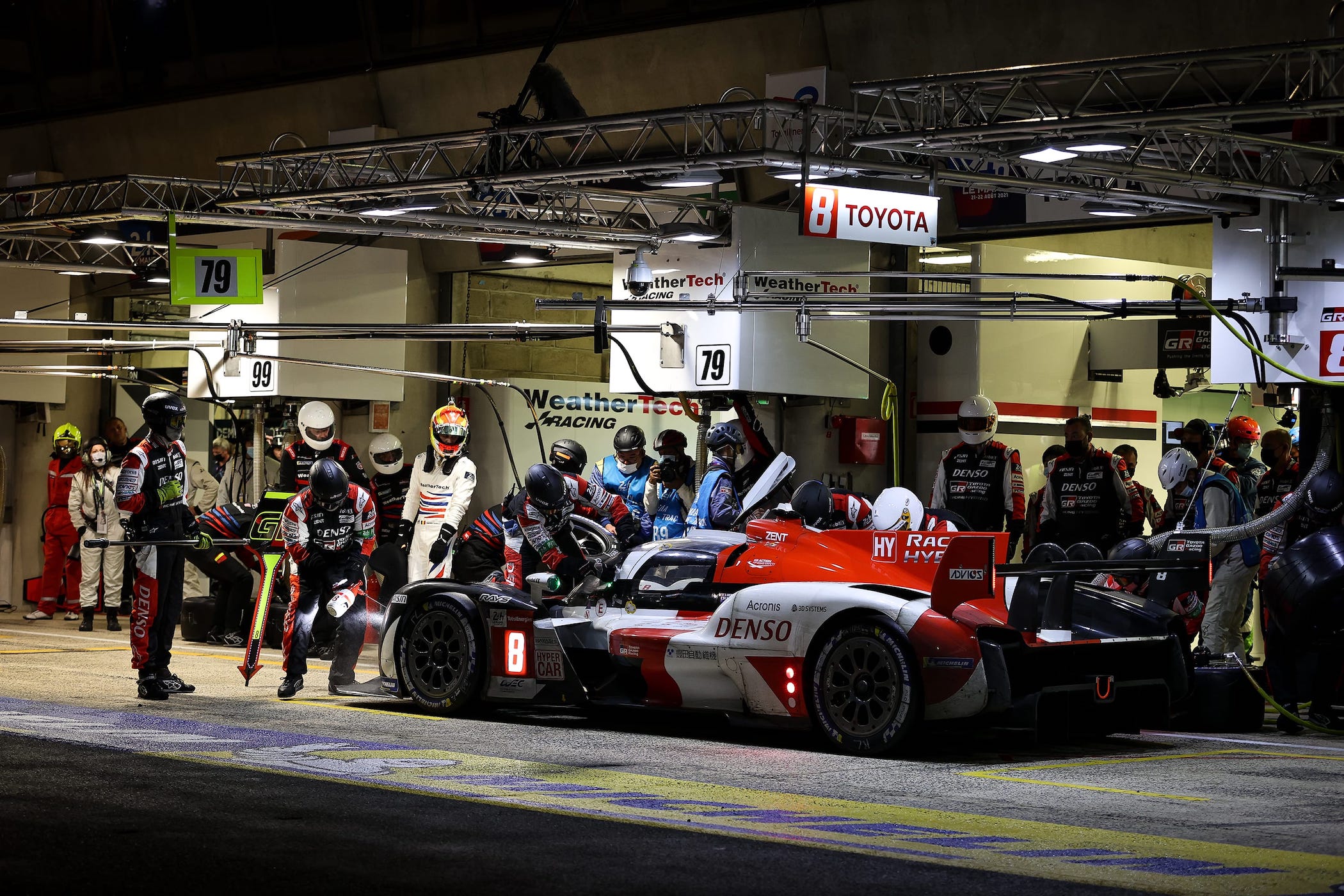



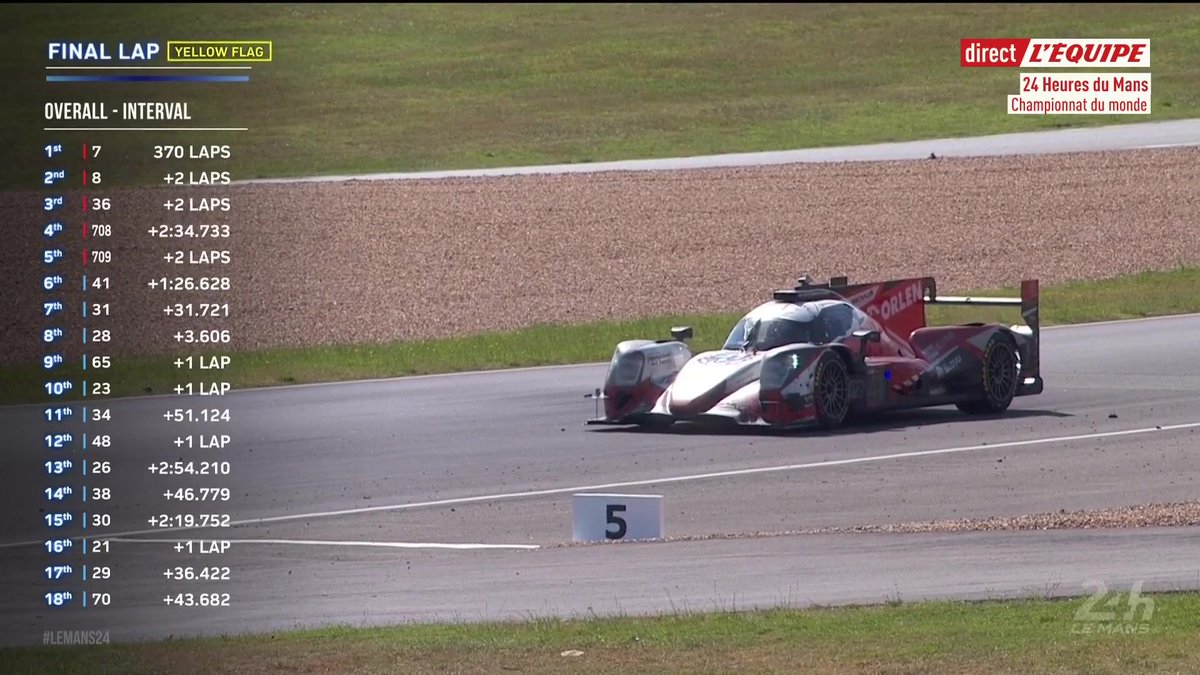
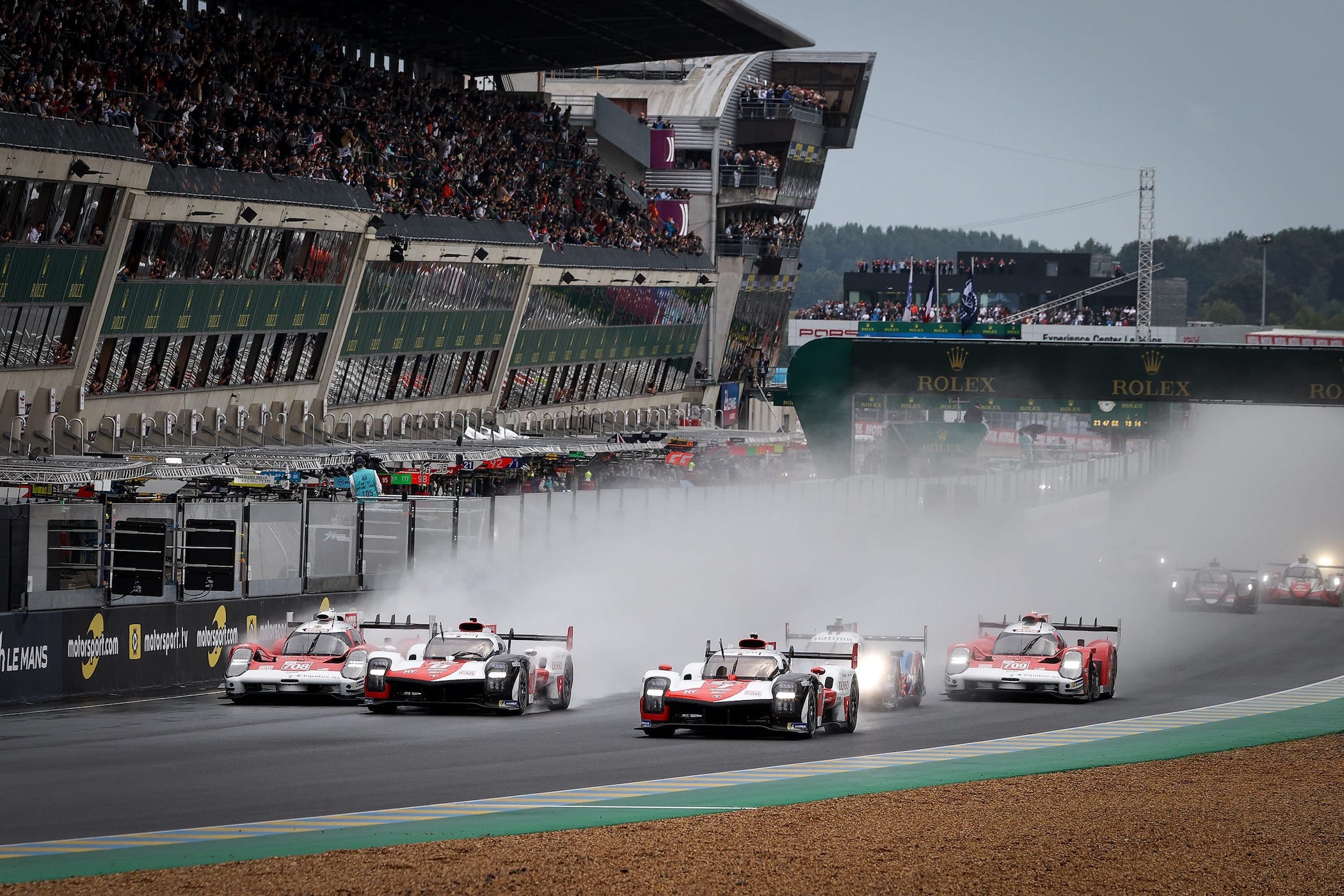



1 response
Thank you guys for this comprehensive coverage of the event. I never understood or took the time to look i to Le Mans 24h classes and details but i have thoroughly enjoyed it. Thanks!